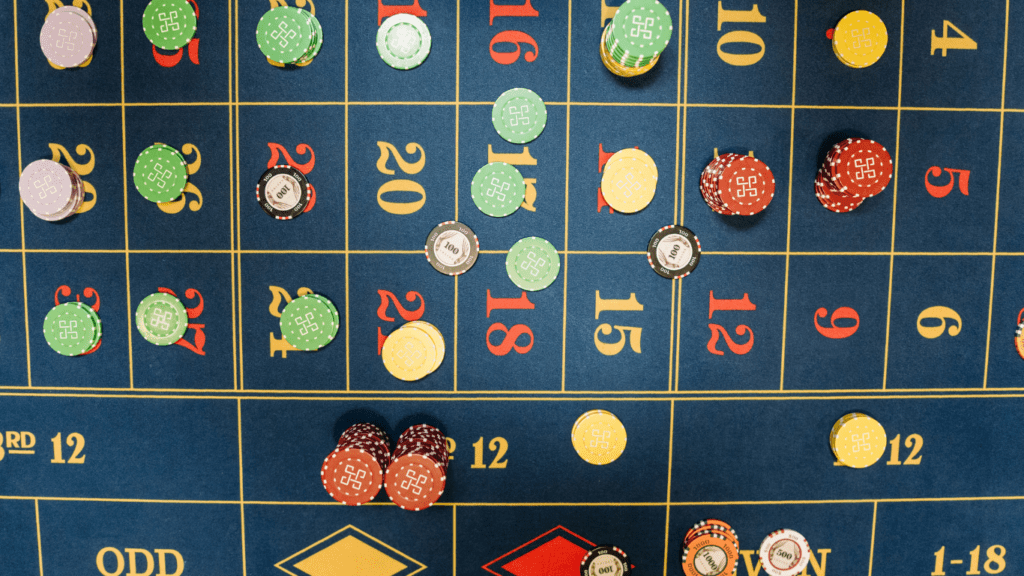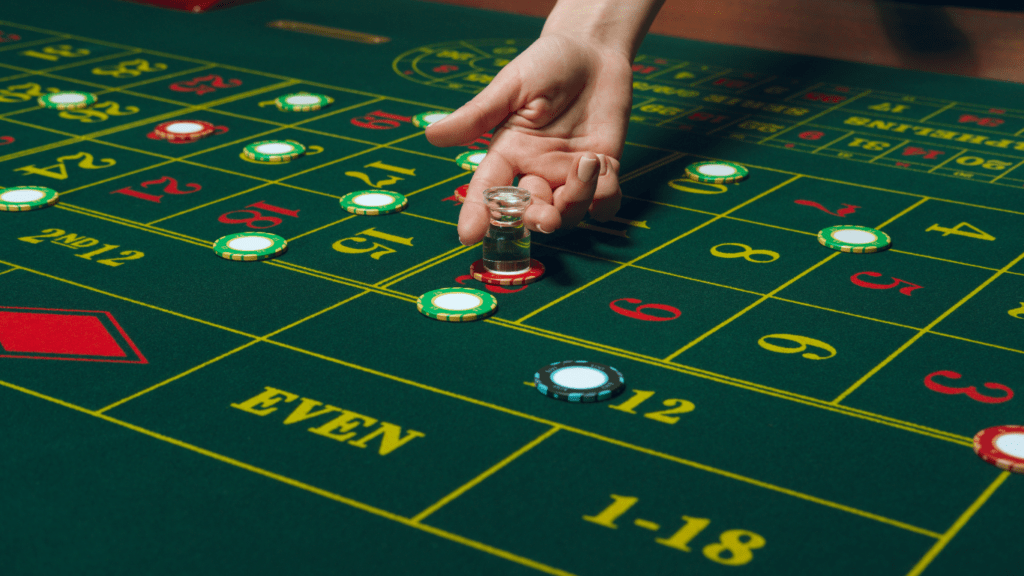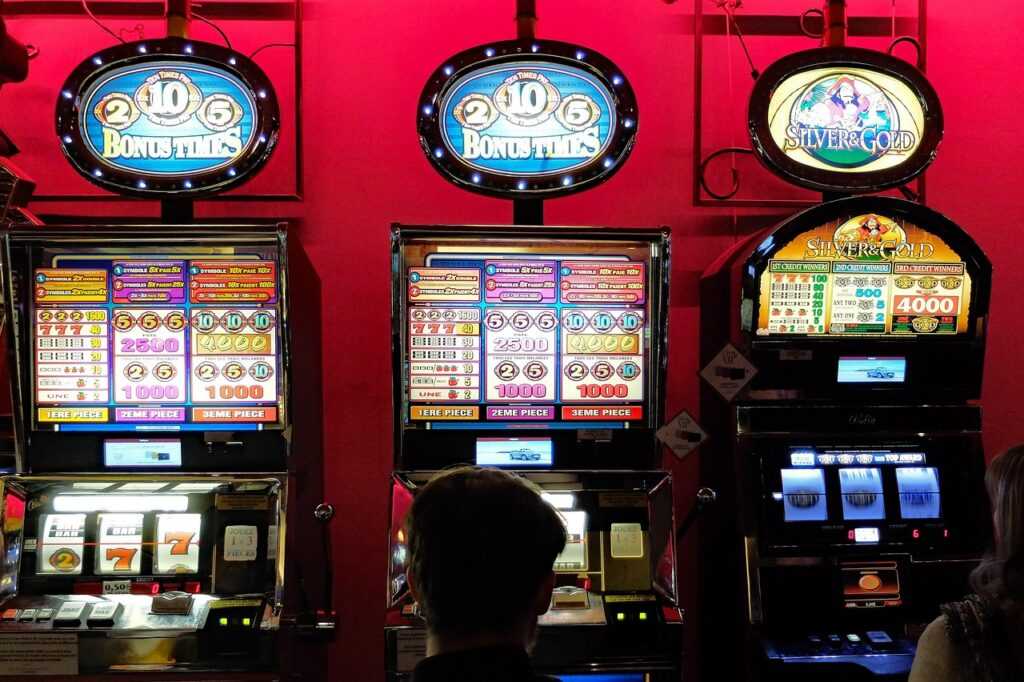Understanding The Martingale System
The Martingale System is a well-known betting strategy that relies on a simple but bold principle. It’s crucial to know both its origins and basic principles to evaluate its effectiveness and risks.
Origins Of The Martingale System
Developed in 18th-century France, the Martingale System was popular among gamblers seeking a surefire way to recover losses. It was primarily used in games like roulette, where outcomes were binary. People adopted it to exploit the idea that a long series of losses should be statistically unlikely, yet this assumption introduced significant risk in practice.
Basic Principles Of The Strategy
The strategy mandates doubling the bet after each loss. For example, if an initial bet is $10 and loses, the next bet becomes $20. This continues until a win occurs, at which point total previous losses are recovered with a net profit equal to the original bet. While mathematically it seems foolproof, real-world applications face hurdles like table limits and finite bankrolls, which make it an intriguing yet potentially perilous technique.
How The Martingale System Works
The Martingale System revolves around the idea of recouping losses by doubling wagers. In its simplest form, participants continually double their bet after each loss until a win is achieved, theoretically recovering all previous losses.
Step-By-Step Guide
- Set Initial Bet: I start with a predetermined bet, often the table minimum.
- Double After Loss: If I lose, I double the previous bet.
- Win Reset: Once I win, I return to the original bet amount.
- Repeat Cycle: I continue this pattern until I reach my desired profit or limit.
- Roulette: I begin with a $10 bet on red. If I lose, I bet $20 on red. After another loss, the next bet is $40. When red hits, I win and reset to $10.
- Coin Toss: I wager $5 on heads. A tail means I bet $10 next. After a heads win, I go back to $5, covering prior losses and gaining a net profit.
Advantages Of Using The Martingale System

The Martingale System presents certain advantages to gamblers seeking a strategic betting method. Although its risks shouldn’t be ignored, its potential benefits are noteworthy.
Potential For Recovering Losses
Achieving loss recovery stands as a primary appeal in the Martingale System. By doubling the bet after a loss, the system aims to recoup all past losses with a single win. For instance, if I lose $10 on an initial bet, a subsequent $20 win recovers that loss. This method appears effective in theory for binary outcome games like roulette.
Simple And Easy To Follow
The straightforward structure of the Martingale System makes it accessible. Its easy-to-understand rule of doubling after losses lets me employ it without complex calculations. Beginners often find comfort in following clear directives, such as starting with a base bet and adjusting only after losses, making it a gateway strategy for novice bettors.
Drawbacks Of The Martingale System
The Martingale System presents several challenges that can outweigh its theoretical appeal. Understanding these drawbacks is crucial for anyone considering this strategy.
Risk Of Significant Losses
Doubling bets after each loss can result in substantial financial exposure. If a series of losses occurs, the cumulative amount wagered increases exponentially. For example, starting with a $10 bet, after 4 consecutive losses, the bet reaches $160. In only 10 losses, the bet surges to over $5,000. Such rapid escalation can deplete a bankroll, leaving little room for recovery. The inherent unpredictability of short-term outcomes in gambling exacerbates this risk, potentially leading to significant, irreversible losses.
Limitations Imposed By Casinos
- Casinos enforce table limits to mitigate extensive losses from systems like Martingale.
- These caps prevent continuous doubling by setting maximum allowable bets.
- If a table’s maximum bet is $500 and the initial bet is $10, a player may only double 5 times before reaching the cap.
- This constraint limits the strategy’s effectiveness, preventing recovery of all previous losses.
- The finite mental and emotional endurance required for sustained play can compound the system’s practical limitations.
- These fixed parameters disrupt the fundamental principle of the Martingale System and highlight its impracticality in real-world casino settings.
Comparing The Martingale System To Other Strategies
When evaluating the Martingale System alongside other betting strategies, key differences and similarities emerge. The Martingale’s focus on recovery through doubling contrasts with systems like Paroli, while sharing concept overlaps with Labouchere.
Differences From Paroli System
The Paroli System, unlike the Martingale, employs positive progression by doubling the bet after each win. This technique targets capitalizing on winning streaks, limiting exposure during losing periods. If seeking strategies that minimize risk, the Paroli System provides a lower-risk approach, gradually increasing bets only when a win is achieved. While the Martingale increases potential losses rapidly, Paroli demands discipline to halt after consecutive wins.
Similarities To Labouchere System
The Martingale and Labouchere Systems share a victory-focused objective but operationalize it differently. Labouchere, also known as the cancellation system, involves a series of numbers representing desired profit. Bets consist of the sum of the first and last numbers in the series. Both systems, Martingale and Labouchere, account for past losses within their frameworks, aiming to recoup through strategic betting. While Labouchere allows more flexibility with bet amounts, both incur risks, particularly if long losing streaks occur. In a larger context, understanding these similarities underscores the complexity and nuance in choosing an effective betting approach.



 Nathan Heymann
Senior Betting Analyst
Nathan Heymann is a seasoned betting analyst with a sharp focus on sports markets and gambling strategies. With years of experience in data analysis and trend forecasting, Nathan excels at identifying winning opportunities in dynamic betting environments. At Prime Gambling Way, he leads the analytical team, crafting detailed reports, predictive insights, and actionable tips that empower bettors to stay ahead of the curve. His ability to blend statistical expertise with real-world application makes him an invaluable resource for gamblers looking to maximize their success. Nathan’s passion for uncovering patterns and delivering clarity in complex markets is key to the platform’s commitment to excellence.
Nathan Heymann
Senior Betting Analyst
Nathan Heymann is a seasoned betting analyst with a sharp focus on sports markets and gambling strategies. With years of experience in data analysis and trend forecasting, Nathan excels at identifying winning opportunities in dynamic betting environments. At Prime Gambling Way, he leads the analytical team, crafting detailed reports, predictive insights, and actionable tips that empower bettors to stay ahead of the curve. His ability to blend statistical expertise with real-world application makes him an invaluable resource for gamblers looking to maximize their success. Nathan’s passion for uncovering patterns and delivering clarity in complex markets is key to the platform’s commitment to excellence.
